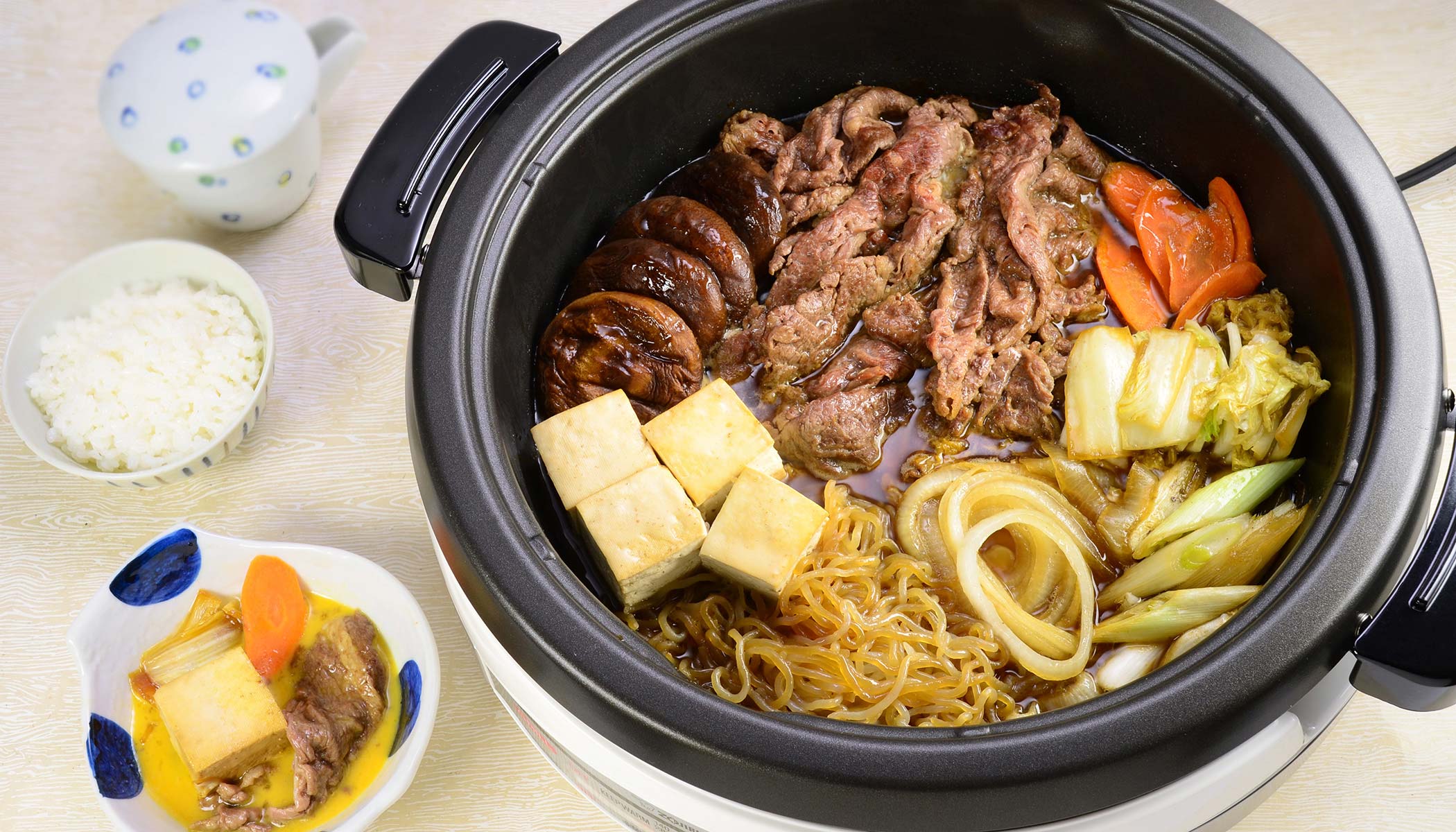

Articles
How To Make Sukiyaki In Electric Skillet
Modified: February 28, 2024
Looking for articles on how to make sukiyaki in an electric skillet? Find step-by-step guides and tips to create this delicious Japanese dish at home.
(Many of the links in this article redirect to a specific reviewed product. Your purchase of these products through affiliate links helps to generate commission for Storables.com, at no extra cost. Learn more)
Introduction
Have you ever craved a delicious and authentic Japanese dish like sukiyaki, but didn’t want to go through the hassle of using a traditional stovetop? Well, with the help of an electric skillet, you can enjoy a mouthwatering sukiyaki right in the comfort of your own home. Sukiyaki is a popular Japanese hot pot dish that is not only incredibly flavorful but also incredibly easy to make.
In this article, we will guide you through the step-by-step process of making sukiyaki in an electric skillet. We will cover everything from choosing the right skillet to preparing the ingredients, seasonings, and marination, to cooking and serving this beloved Japanese dish. So, put on your apron, get your appetite ready, and let’s dive into the world of sukiyaki!
Key Takeaways:
- Master the art of making sukiyaki in an electric skillet by choosing the right size, temperature control, non-stick surface, and depth for even cooking and easy cleaning. Enjoy the flavors of Japan in the comfort of your home!
- After savoring the delightful sukiyaki, ensure the longevity of your electric skillet by following proper cleaning and maintenance practices. Keep it in optimal condition for many more delicious meals to come.
Read more: How To Make Echiladas In A Electric Skillet
Choosing the Right Electric Skillet
Before you embark on your sukiyaki-making journey, it’s important to choose the right electric skillet. The right skillet can make all the difference in ensuring that your sukiyaki cooks evenly and to perfection.
Here are a few factors to consider when selecting your electric skillet:
- Size: The size of the skillet will depend on the number of servings you plan to make. If you’re cooking for a small family, a 10-12 inch skillet should suffice. For larger gatherings, you may opt for a larger skillet to accommodate more ingredients.
- Temperature Control: Look for an electric skillet with precise temperature control settings. Sukiyaki requires a cooking temperature range of 300-350°F, so having the ability to control the heat accurately will ensure that your ingredients are cooked perfectly.
- Non-Stick Surface: A non-stick surface is essential for easy cooking and cleaning. Make sure to choose a skillet with a durable and reliable non-stick coating to prevent your sukiyaki ingredients from sticking to the bottom.
- Depth: Sukiyaki is a one-pot dish that typically includes a variety of ingredients, including thinly sliced beef, vegetables, and noodles. A deeper skillet will provide ample space to accommodate all the ingredients and prevent any spillage.
Once you’ve chosen the right electric skillet, you’re well on your way to creating the perfect sukiyaki. Now, let’s move on to preparing the ingredients for this delectable dish.
Preparing the Ingredients for Sukiyaki
Properly preparing the ingredients is crucial to the success of your sukiyaki. Here’s a step-by-step guide on how to prepare the key components:
- Thinly Sliced Beef: Sukiyaki traditionally uses thinly sliced beef, such as ribeye or sirloin. You can either purchase pre-sliced beef from your local grocery store or slice it yourself. If slicing at home, freeze the beef for about 30 minutes to make it easier to slice thinly against the grain.
- Vegetables: Sukiyaki typically includes an assortment of vegetables, such as Napa cabbage, mushrooms, leeks, and tofu. Wash and slice the vegetables into bite-sized pieces. Keep them separate to be added to the skillet at different stages of cooking.
- Tofu: Cut the tofu into small cubes. If using firm tofu, gently pat it dry with a paper towel to remove any excess moisture. This will help it hold its shape during cooking.
- Shirataki Noodles: Rinse the shirataki noodles in cold water to remove their distinctive smell. Follow the package instructions for preparing and cooking the noodles, as they may vary.
Once all the ingredients are prepped and ready, it’s time to season and marinate the meat before cooking it in the electric skillet.
Seasoning and Marinating the Meat
The key to a flavorful sukiyaki lies in the seasoning and marination of the meat. Here’s how you can add a delicious umami taste to your thinly sliced beef:
- Soy Sauce: In a bowl, combine soy sauce, mirin (sweet rice wine), and sugar in a 2:1:1 ratio. This mixture will serve as the base of your sukiyaki sauce.
- Garlic and Ginger: Finely chop or grate garlic and ginger, and add them to the soy sauce mixture. These aromatic ingredients will infuse the meat with their unique flavors.
- Sake: Sake, a Japanese rice wine, enhances the overall taste of the dish. Add a splash of sake to the marinade for an extra depth of flavor.
- Marinating the Meat: Place the thinly sliced beef into a shallow dish or a resealable plastic bag. Pour the marinade over the beef, ensuring each slice is coated evenly. Let the beef marinate for at least 30 minutes to allow the flavors to penetrate the meat.
Once the meat is properly seasoned and marinated, it’s time to heat up your electric skillet and start cooking the sukiyaki.
Heating the Electric Skillet
Before you begin cooking your sukiyaki, it’s important to properly heat up your electric skillet. Follow these steps to ensure the skillet reaches the ideal temperature:
- Preheat: Plug in your electric skillet and set the temperature control dial to medium heat. Allow the skillet to preheat for a few minutes until it reaches the desired temperature.
- Add Oil: Once the skillet is preheated, add a small amount of cooking oil to the pan. Use a high smoke point oil like vegetable or canola oil.
- Distribute the Oil: Tilt the skillet to ensure the oil is evenly distributed across the cooking surface. This will help prevent the ingredients from sticking.
Now that your electric skillet is properly heated and oiled, you’re ready to start cooking the sukiyaki!
When making sukiyaki in an electric skillet, make sure to thinly slice the ingredients so they cook quickly and evenly. Also, preheat the skillet before adding the ingredients to ensure even cooking.
Read more: How To Make Cookies In An Electric Skillet
Cooking the Sukiyaki
Now comes the exciting part – cooking the sukiyaki in your electric skillet! Follow these steps to create a delectable sukiyaki:
- Add the Meat: Place the marinated beef slices in the heated skillet. Spread them out evenly to ensure they cook thoroughly.
- Cook the Meat: Allow the beef to cook for a couple of minutes until it starts to brown. Flip the slices to cook the other side as well.
- Add the Vegetables: Once the meat is partially cooked, add the sliced vegetables to the skillet. Arrange them around the beef, making sure all the vegetables come into contact with the skillet.
- Pour the Sauce: Pour the remaining sukiyaki sauce over the beef and vegetables. The sauce will help bring out the flavors of the ingredients and infuse them with a sweet and savory taste.
- Simmer: Reduce the heat to medium-low and cover the skillet. Allow the sukiyaki to simmer for about 5-7 minutes to allow the flavors to meld together. The vegetables should be tender, and the beef cooked through.
- Add the Tofu and Noodles: Gently place the tofu cubes and cooked shirataki noodles into the skillet. Be careful not to break up the tofu. Allow them to heat through for a few minutes.
Your sukiyaki is now cooked and ready to be served!
Serving and Enjoying Sukiyaki
Now that your sukiyaki is hot and delicious, it’s time to serve and savor this delightful Japanese dish. Here’s how you can present and enjoy sukiyaki:
- Serving Platter: Transfer the cooked sukiyaki from the electric skillet to a large serving platter or individual bowls. Make sure to distribute the beef, vegetables, tofu, and noodles evenly.
- Garnish: Sprinkle some chopped green onions or sesame seeds on top of the sukiyaki for an added burst of flavor and visual appeal.
- Accompaniments: Serve sukiyaki with a side of steamed rice and a bowl of miso soup for a complete and satisfying meal.
- Dipping Sauce: In traditional sukiyaki style, you can dip the cooked ingredients into beaten raw eggs. The egg adds a creamy texture and enhances the richness of the dish.
With all the elements in place, it’s time to dig in and enjoy the flavors of sukiyaki. Take your chopsticks, dip the ingredients into the beaten egg if desired, and savor the tender beef, the crisp vegetables, and the delightful combination of savory and sweet flavors.
Sukiyaki is often enjoyed as a communal meal, where everyone gathers around the table and cooks their own portions in the skillet. It’s not just a meal but a social experience, so be sure to share the joy of sukiyaki with your family and friends.
Now that you know the art of making and enjoying sukiyaki, let’s move on to cleaning and maintaining your electric skillet.
Cleaning and Maintaining Your Electric Skillet
After enjoying a delicious sukiyaki meal, it’s important to properly clean and maintain your electric skillet to ensure its longevity. Here are some tips for cleaning and maintaining your skillet:
- Cooling Down: Allow the electric skillet to cool down completely before cleaning. Never attempt to clean it while it’s still hot, as this can be dangerous.
- Remove the Plug: Unplug the skillet from the power source to ensure safety during the cleaning process.
- Separate Parts: If your electric skillet has removable parts, such as the temperature control probe or the non-stick cooking surface, follow the manufacturer’s instructions on how to remove them for cleaning.
- Hand Wash: Wash the electric skillet and its components with warm soapy water and a non-abrasive sponge or cloth. Avoid using harsh cleaning agents or abrasive scrubbers, as they may damage the non-stick surface.
- Dry Thoroughly: After washing, make sure to dry all the parts of the electric skillet completely before reassembling. Moisture left behind can lead to rust or mold growth.
- Storage: Store your electric skillet in a clean and dry place, away from moisture or extreme heat. If the skillet has a removable cord, wrap it securely around the base or handle for tidy storage.
- Regular Maintenance: To keep your electric skillet in optimal condition, periodically inspect and clean the temperature control probe and ensure that all connections are secure. Check the non-stick surface for any signs of wear and tear, and consider replacing it if needed.
By following these cleaning and maintenance practices, you can ensure that your electric skillet remains in excellent condition for many more delicious sukiyaki meals to come.
Now that you’re equipped with the knowledge of cleaning and maintaining your electric skillet, it’s time to put it to use and create more culinary delights!
Conclusion
Congratulations! You’ve learned how to make sukiyaki in an electric skillet, bringing the flavors of this beloved Japanese dish into your own kitchen. By choosing the right electric skillet, preparing the ingredients, seasoning the meat, heating the skillet, and cooking the sukiyaki to perfection, you’ve mastered the art of creating this delicious and satisfying hot pot.
Serving and enjoying sukiyaki is a delightful experience, whether you’re sharing it with family and friends or enjoying it as a comforting solo meal. The tender beef, fresh vegetables, and savory sauce create a medley of flavors that is sure to please your taste buds.
Remember to clean and maintain your electric skillet properly to ensure its longevity and continued performance. By following the recommended cleaning instructions and performing regular maintenance, you can enjoy many more sukiyaki meals with ease.
So, don your apron, fire up your electric skillet, and start creating your own sukiyaki masterpiece. Embrace the warmth, the aroma, and the joy of this traditional Japanese dish. With your newly gained knowledge and skills, you can now impress your loved ones with a homemade sukiyaki that rivals even the best restaurants.
Enjoy the process, experiment with different ingredients and seasonings, and make sukiyaki your own. Embark on this culinary adventure and savor the flavors of Japan right in the comfort of your home. Happy cooking and happy eating!
Frequently Asked Questions about How To Make Sukiyaki In Electric Skillet
Was this page helpful?
At Storables.com, we guarantee accurate and reliable information. Our content, validated by Expert Board Contributors, is crafted following stringent Editorial Policies. We're committed to providing you with well-researched, expert-backed insights for all your informational needs.


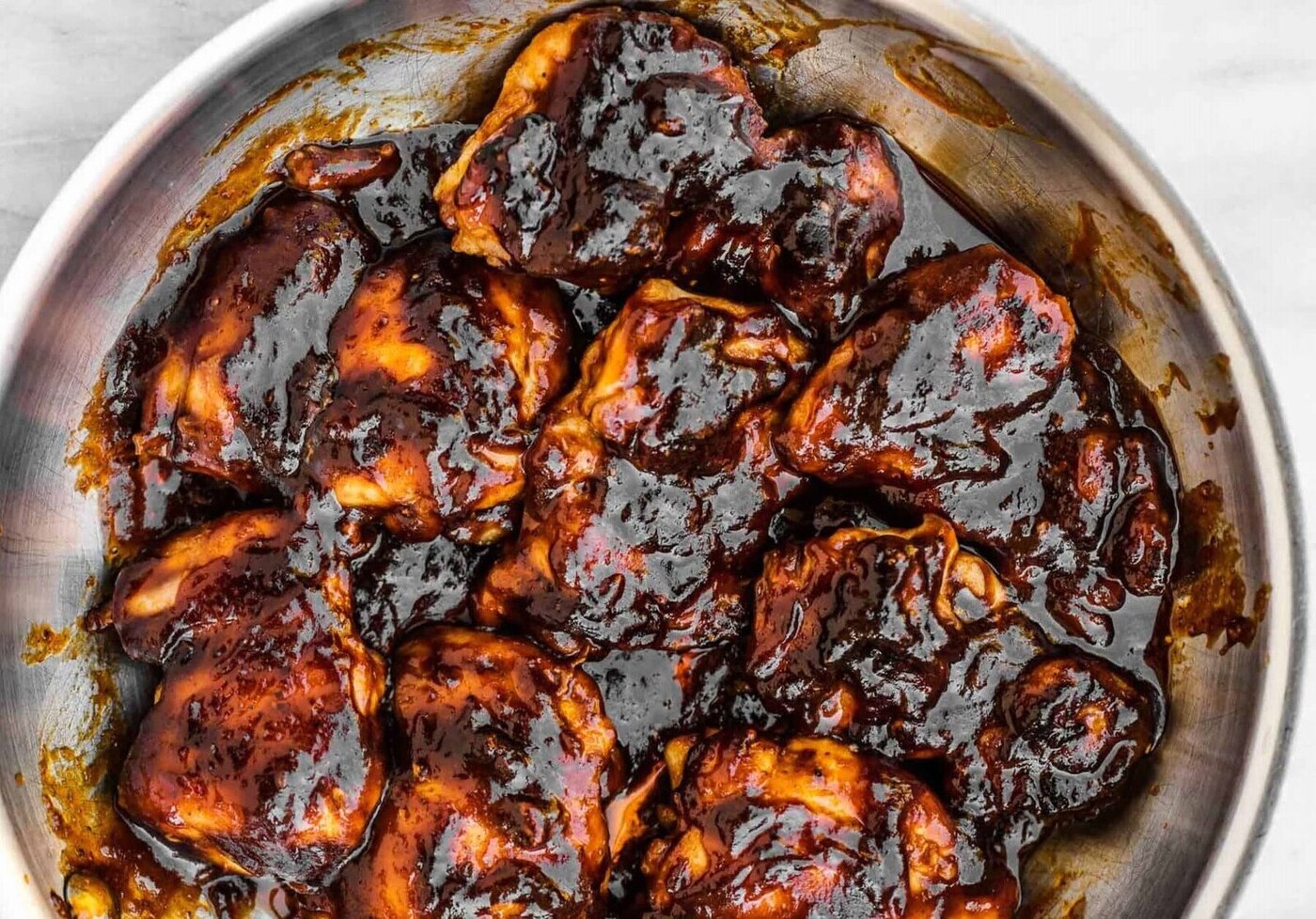


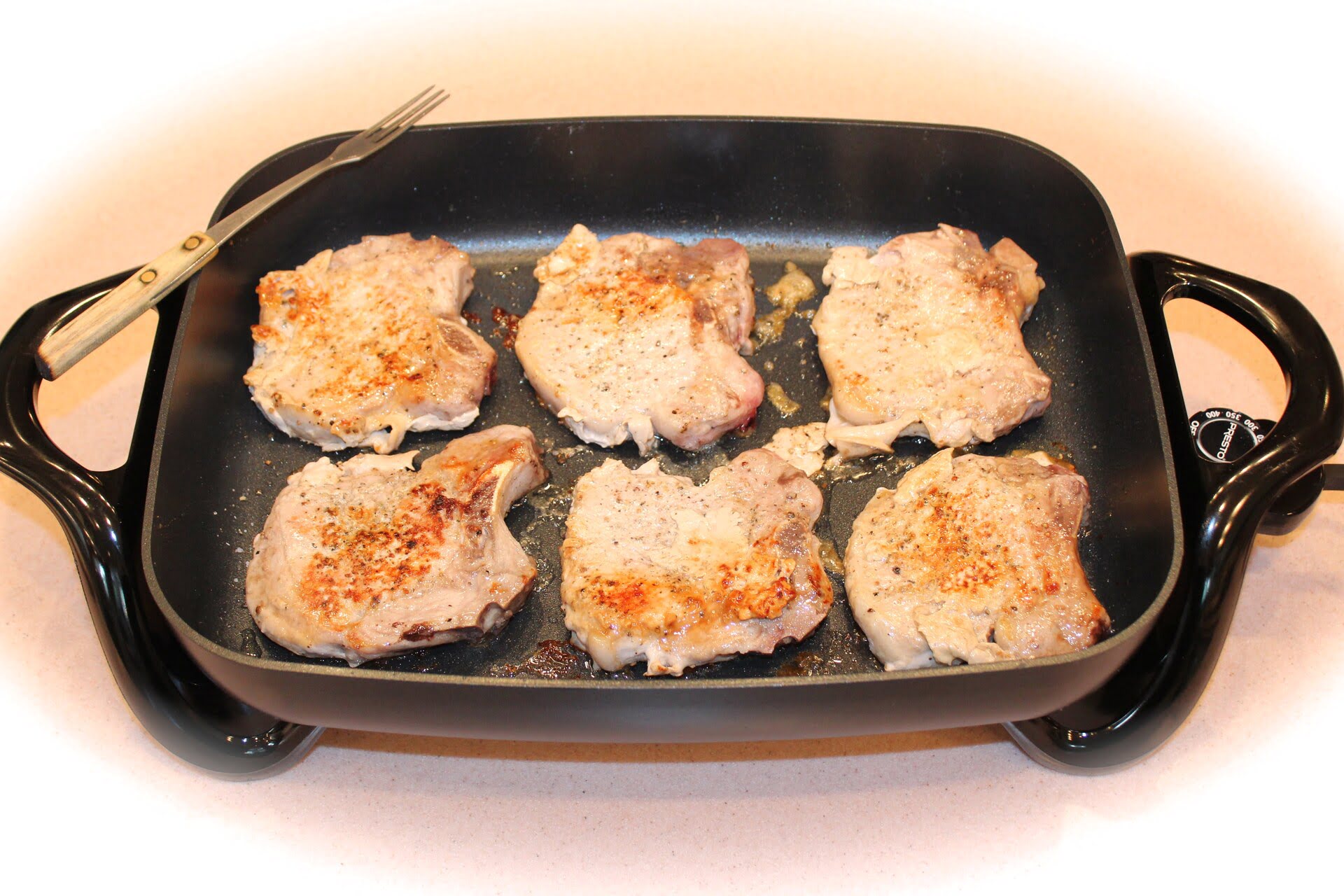
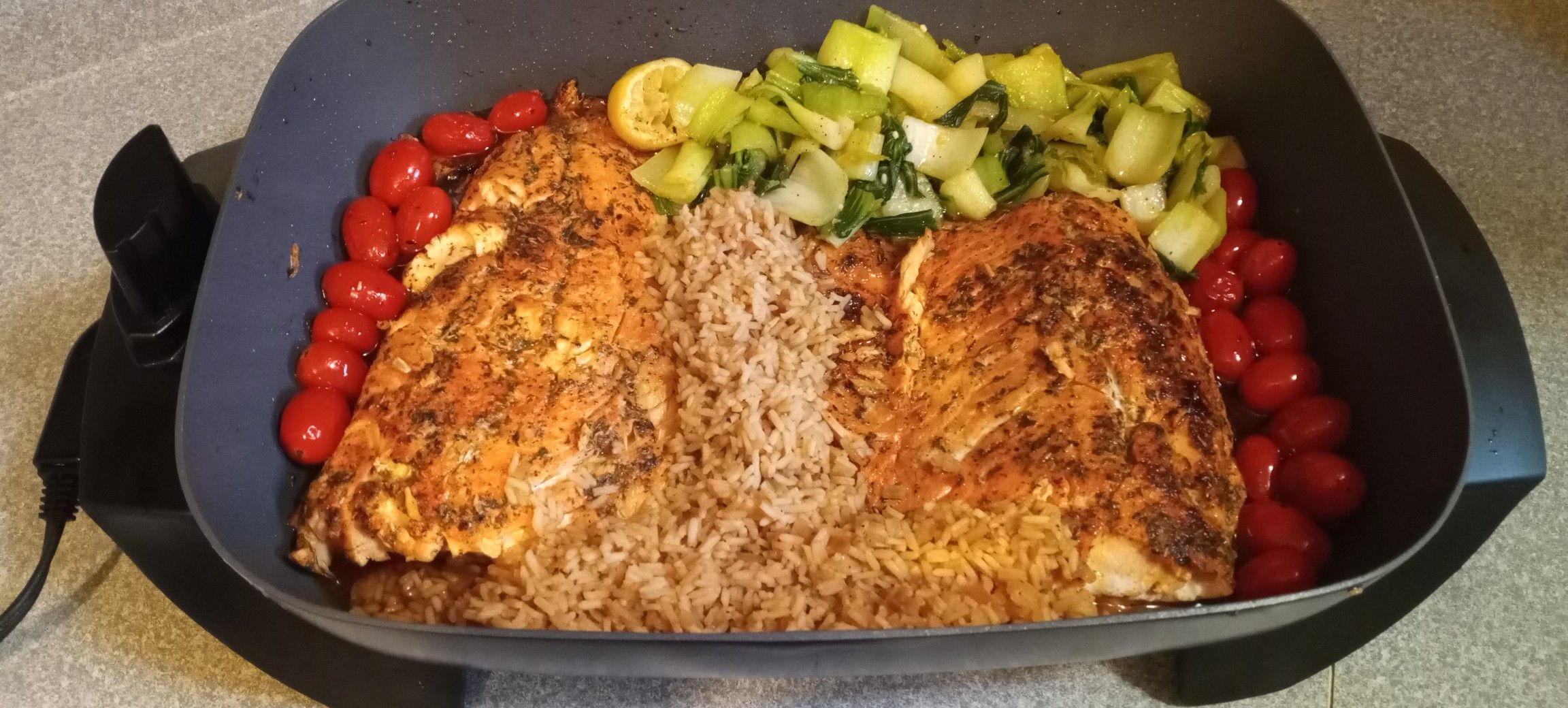

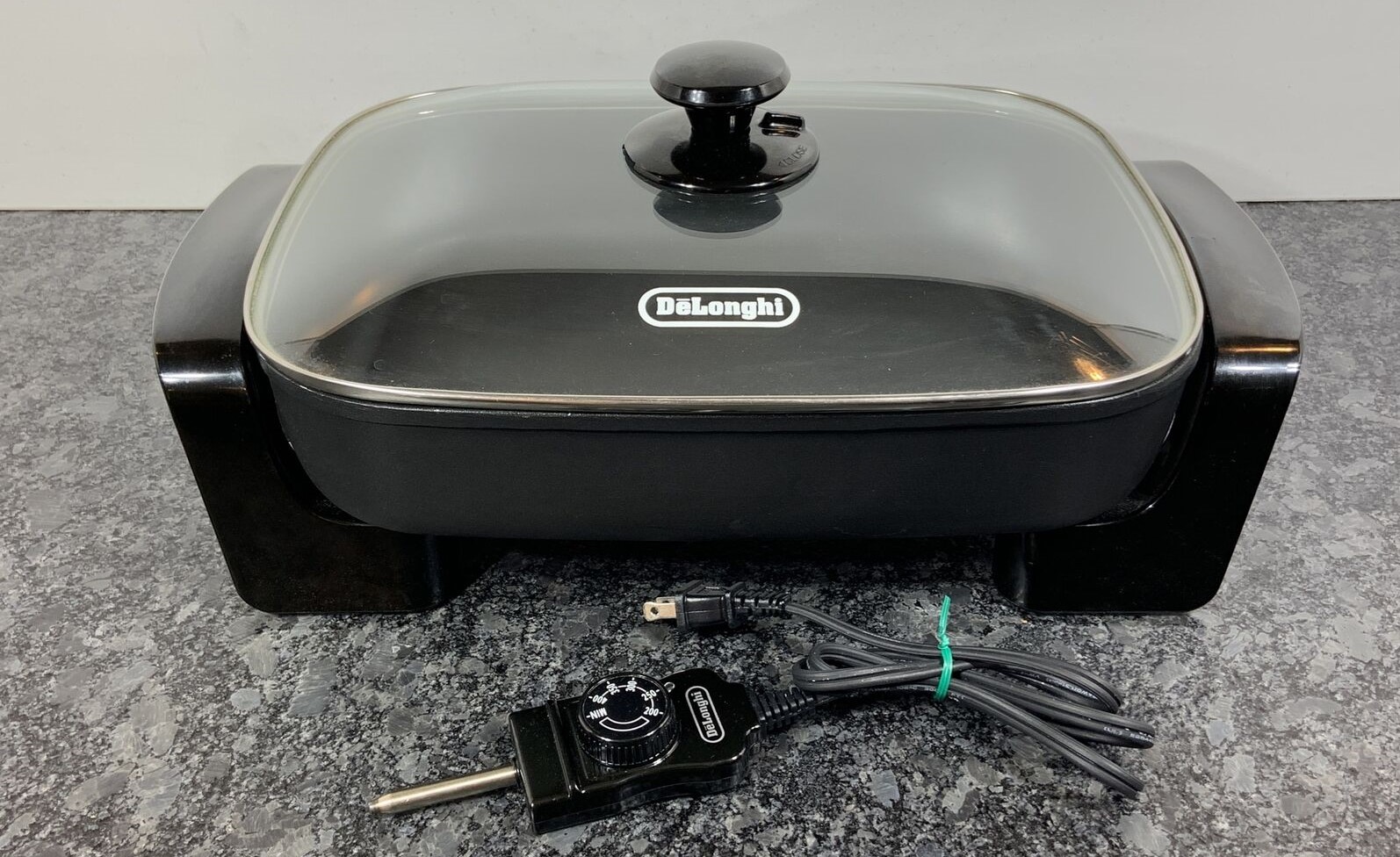
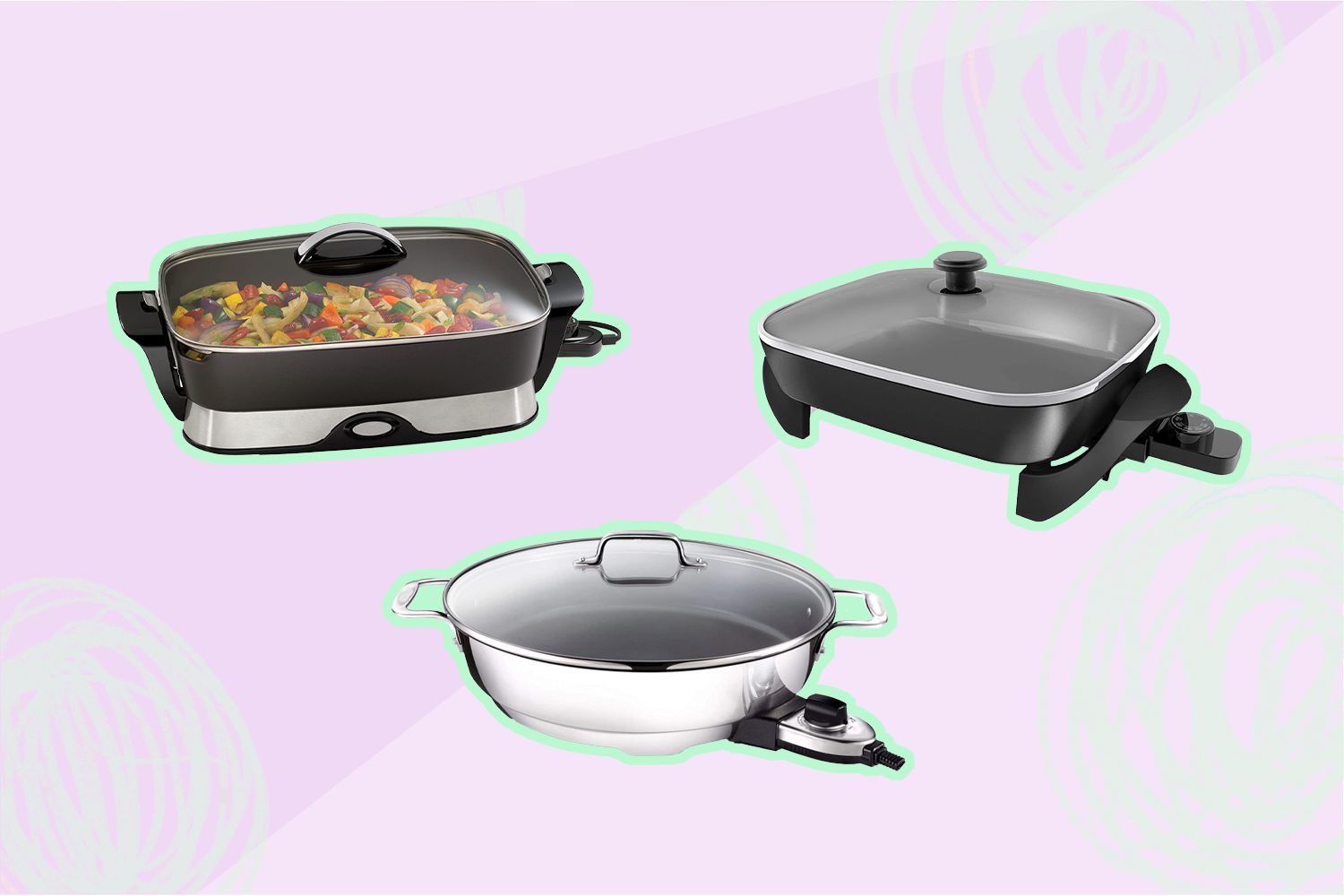
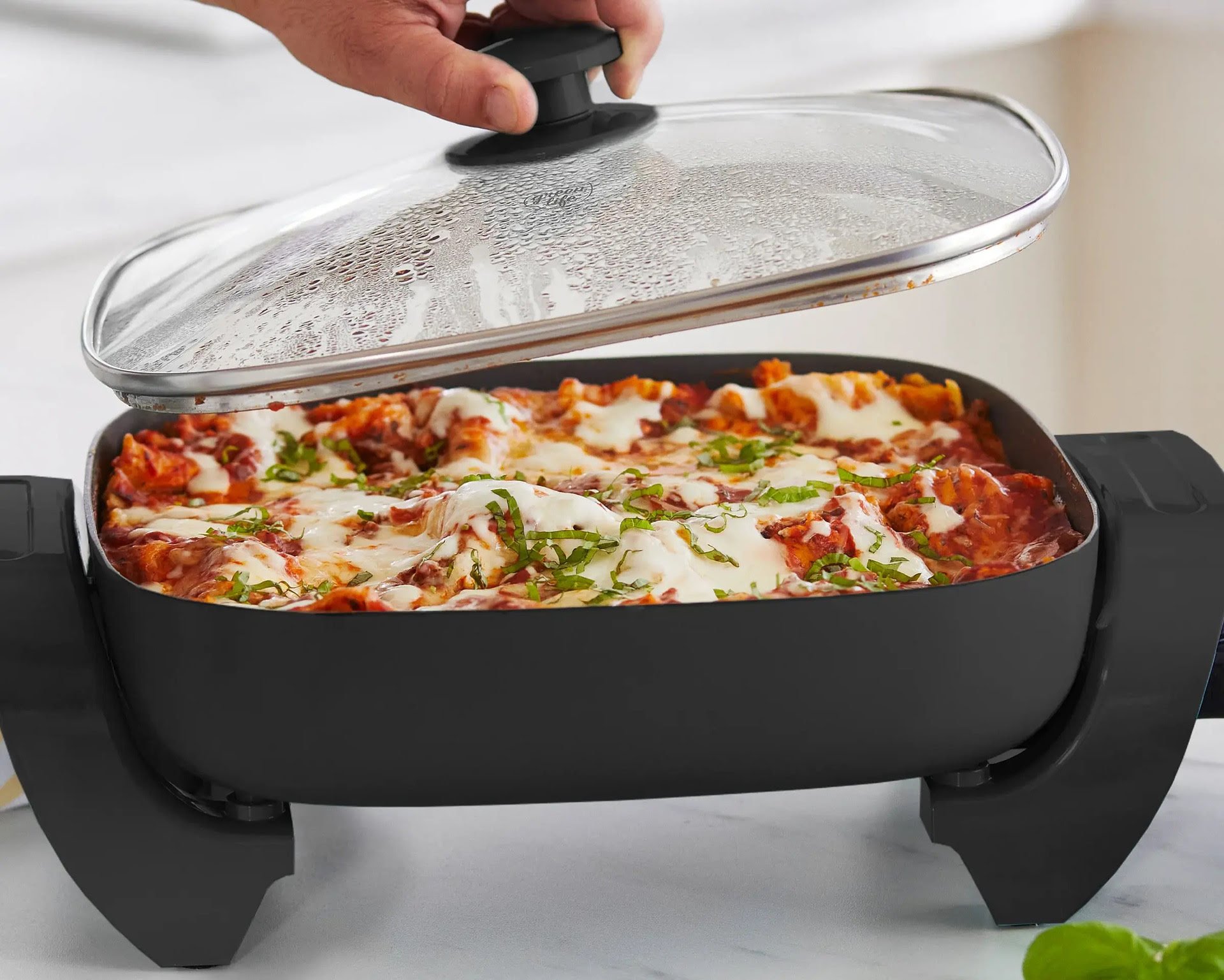

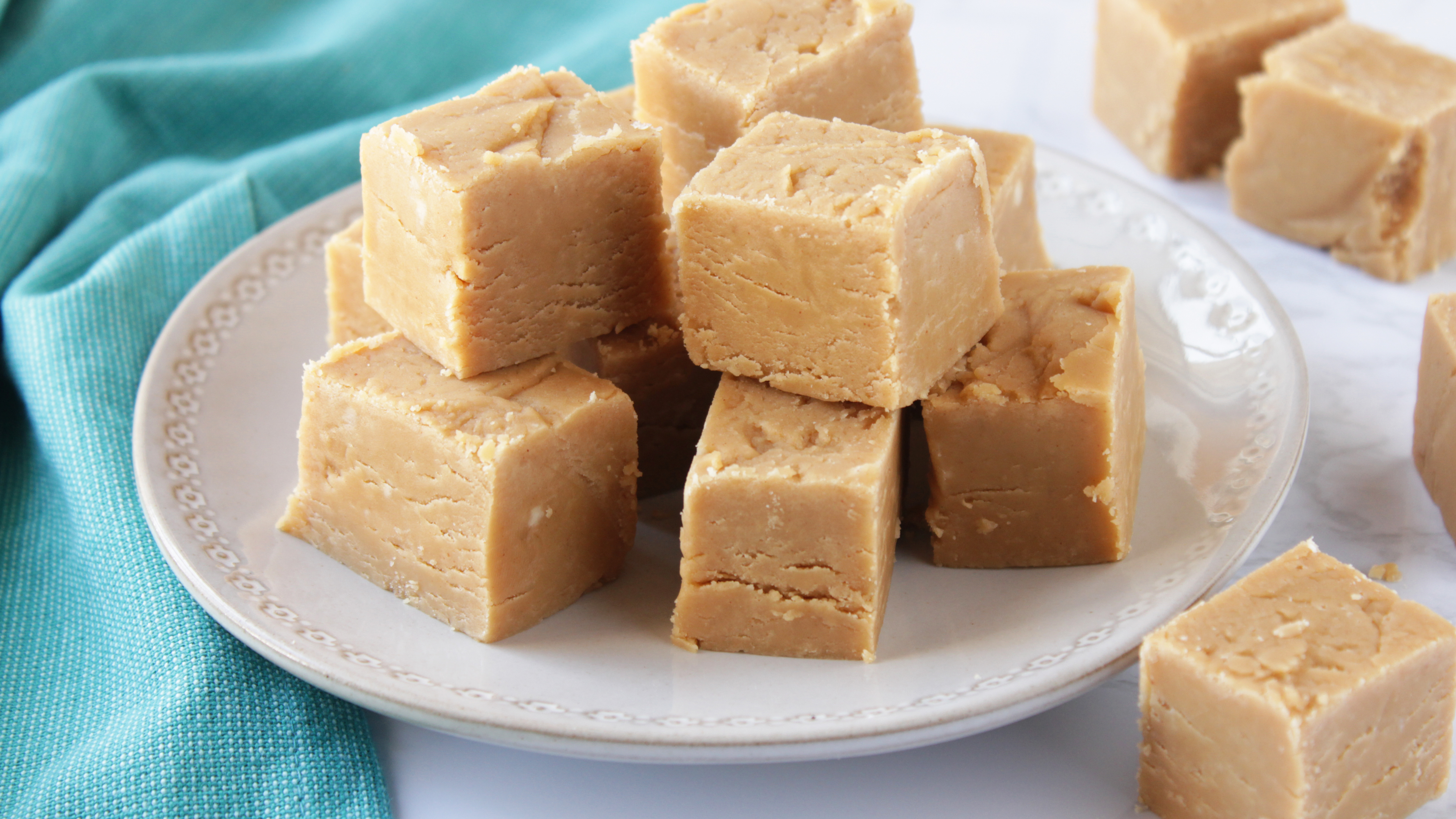
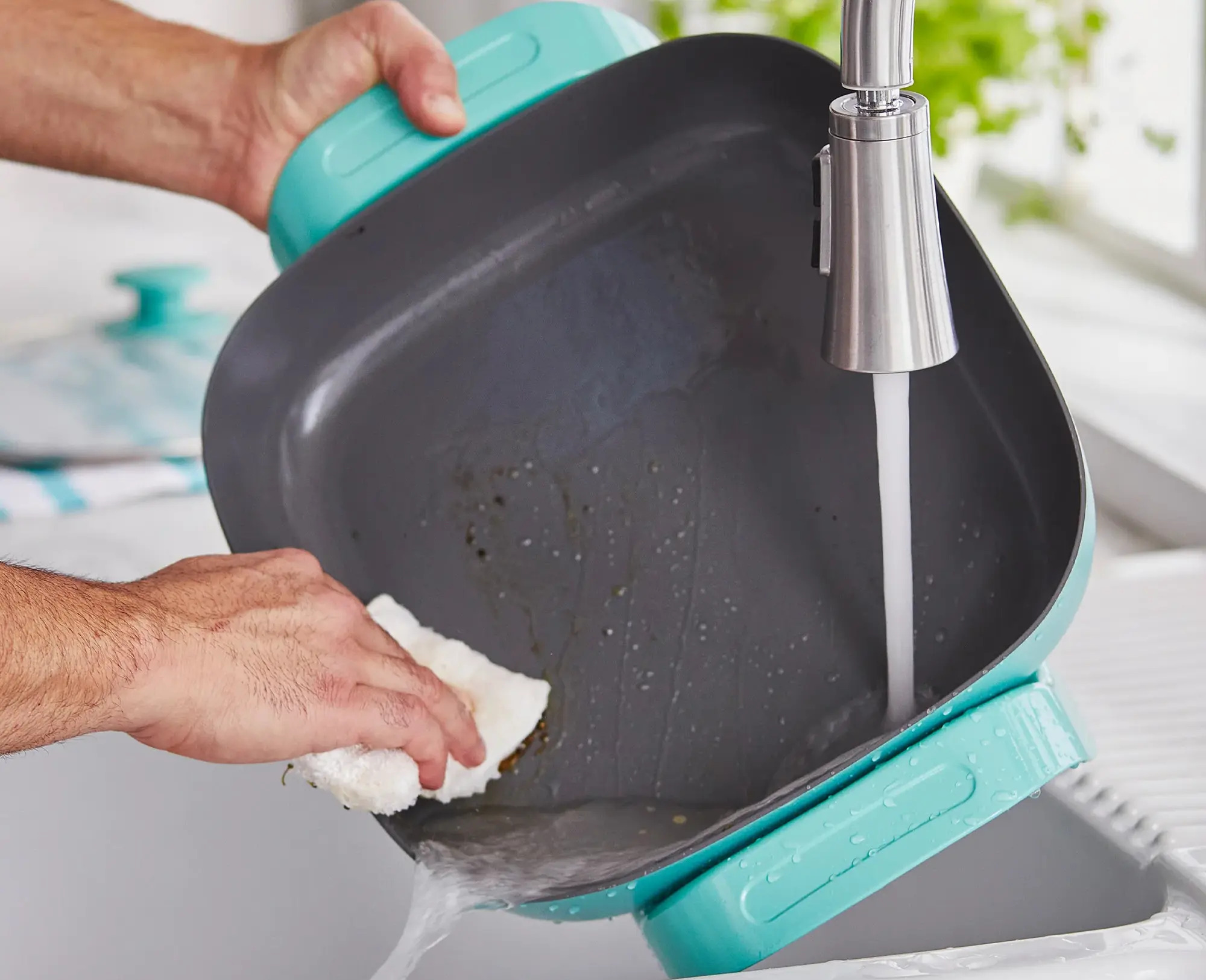

0 thoughts on “How To Make Sukiyaki In Electric Skillet”